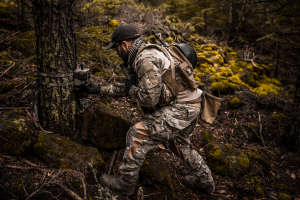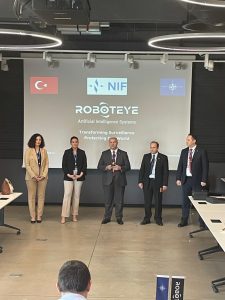Conservation is a global challenge. Different terrains, species, and threats require a system versatile enough to handle it all. Solo emerges as the universal solution to these challenges.
How Solo Suits Different Habitats
Designed to adapt everywhere, Solo can be deployed in the icy terrains of the Arctic, the dense forests of the Amazon, or the vast landscapes of the African Savannah. Its resilience ensures that it offers consistent performance, irrespective of the environment.
Features Tailored for Global Challenges
- Satellite Communication: This feature ensures that no region is too remote for Solo. It promises global coverage, ensuring every species, in every corner of the world, is under its protective gaze.
- Easily Deployable: For conservationists on the move, Solo’s hassle-free setup is a blessing. It ensures that the system can be quickly deployed in regions that need urgent attention.
- Smart Detection: The multitude of sensors, especially the thermal camera drastically reduces false detections, ensuring accurate tracking of animal movements.
- Night-time Detection: No longer are wildlife enthusiasts limited to daylight observations, Solo ensures 24/7 monitoring.
- Edge AI-powered Analysis: Solo doesn’t just capture, it analyzes. This on-the-spot, real-time video analysis can distinguish between different species, their behaviors, and potential threats they might face.
- Low Energy Consumption: In regions where power can be scarce, Solo’s energy efficiency ensures longer operational periods.
Empowering Conservation Efforts Globally
Solo is more than just surveillance; it’s empowerment. Conservationists across the world can now have a tool that not only monitors but also analyzes, ensuring their efforts are data-driven. The real-time notifications ensure that they can act swiftly, addressing threats immediately.
Solo is setting new global standards for wildlife monitoring. Its emphasis on real-time, global surveillance ensures that conservation is no longer limited by borders or terrains. With Solo, the world is one step closer to a unified conservation effort.



